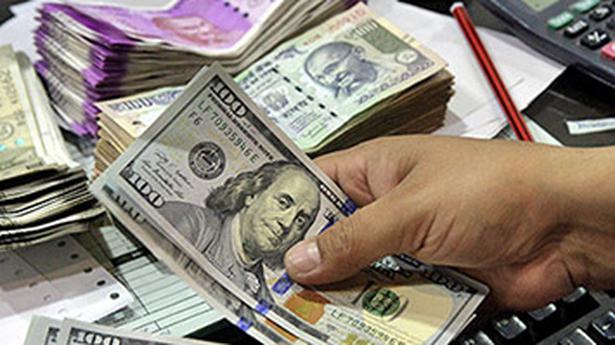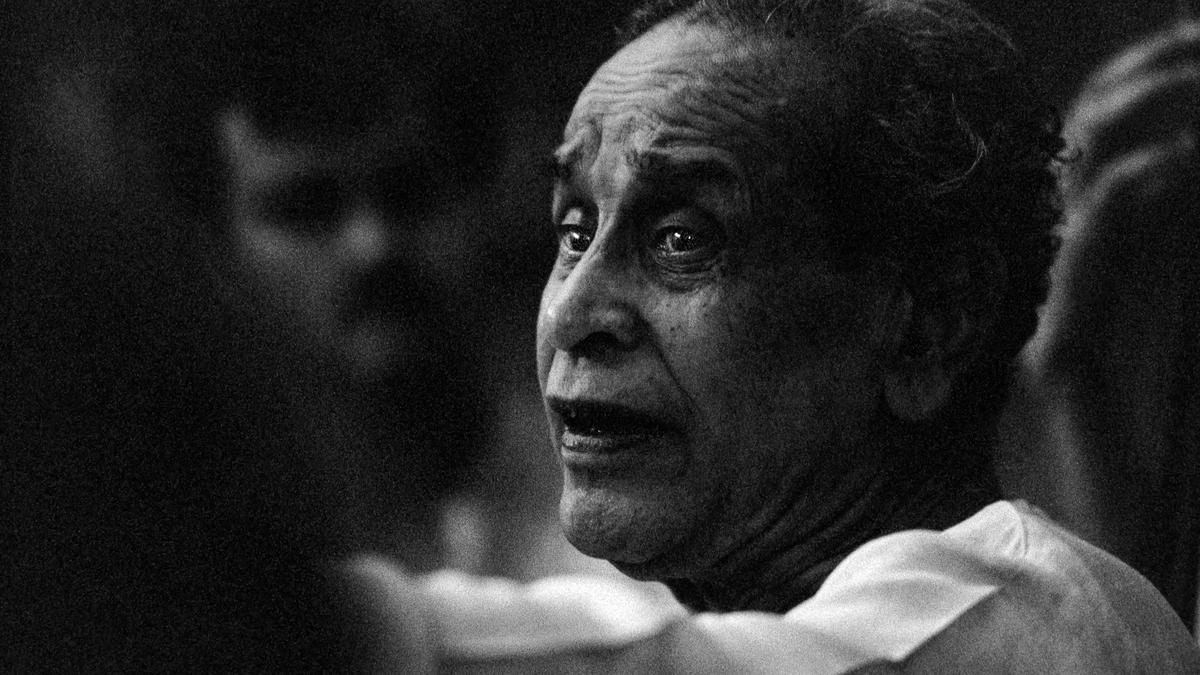An aerial view shows the crude oil terminal Kozmino on the shore of Nakhodka Bay near the port city of Nakhodka, Russia on August 12, 2022.
| Photo Credit: REUTERS
The story so far: On December 3, the Group of Seven (G7) nations and Australia said a consensus had been reached on a $60 price cap on Russian seaborne crude oil, in the wake of the European Union (EU) saying member countries had agreed on the price cap. The price cap is likely to come into effect on December 5 or ‘very soon thereafter’, the G7 and Australia said in their statement. Russia could continue to sell at prices higher than the cap but services such as insurance for freighters carrying the oil, or vessel clearances would not be available from Western nations.
What is the price cap plan?
The price cap plan is the latest of the sanctions proposed by Western countries against Russia for its invasion of Ukraine. For the past few months, U.S. and EU officials have been trying to convince countries including India, China and Turkey to join the coalition or to at least support the price cap, which they say is in the interests of all oil buyers from Russia as it will give them leverage to lower purchase prices.
How will it be enforced?
For countries that join the coalition, it would mean simply not buying Russian oil unless the price is reduced to where the cap is determined. For countries that don’t join the coalition, or buy oil higher than the cap price, they would lose access to all services provided by the coalition countries including for example, insurance, currency payment, facilitation and vessel clearances for their shipments. G7 countries had earlier said they were aiming to reduce the price of oil, but not the quantity of oil that Russia sells, so as to control inflation globally while hurting the Russian economy and its ability to fund the war in Ukraine. This could only work, of course, if all countries joined the coalition. However, if Russia is able to sell large enough volumes of its crude at a price higher than the cap, it would mean a huge squeeze on oil availability to the coalition countries, especially the G7 which are major consumers, and could result in global oil prices skyrocketing.
How has Russia reacted to the plan?
Russia said on Saturday it would continue to find buyers for its oil, despite what it said was a ‘dangerous’ attempt by Western governments to introduce a price cap on its oil exports, Reuters reported.
Russian President Vladimir Putin and high-ranking Kremlin officials have repeatedly said that they will not supply oil to countries that implement the price cap.
In comments published on Telegram, Russia’s embassy in the United States criticised what it said was the “reshaping” of free market principles and reiterated that its oil would continue to be in demand despite the measures.
“Steps like these will inevitably result in increasing uncertainty and imposing higher costs for raw materials’ consumers,” it said.
Russian President Vladimir Putin had earlier lashed out at the plan, warning that Russia would not supply “anything at all” if it contradicts Russian interests. Speaking at the Eastern Economic Forum (EEF) in Vladivostok in September, which Indian Prime Minister Narendra Modi joined virtually, he threatened that Russia could stop supplies of gas, oil, coal, heating oil… leaving European countries to “freeze”. On September 5, Russia also announced a halt on all supplies via the Nord Stream 1 pipeline to Europe due to “maintenance issues” arising from the EU sanctions already in place, raising fears of a very difficult winter for European countries.
Will the Modi government comply with the price cap?
The price cap is only the latest in a number of sanctions to hurt the Russian economy that the U.S. and EU have tried to bring India on board with: from asking India to change its uncritical stance on Russia at the United Nations, to cutting down oil imports, to stopping defence and other purchases from Russia, and to avoid the rupee-rouble payment mechanism that circumvent their sanctions. Thus far, India has not obliged, and there is little indication that New Delhi is likely to, just yet. India’s oil intake from Russia, which was minuscule prior to the war has soared 50 times over. When asked at the time, Petroleum Minister Hardeep Puri rejected any “moral” duty to join the price cap coalition, and said his only duty was to providing affordable oil to Indian consumers. At the EEF, Mr. Modi said he wanted to “strengthen” ties with Russia in the energy field and boost India’s $16 billion investment in Russian oilfields.It also remains to be seen whether India will bargain with the U.S. to set aside sanctions against Iran and Venezuela, from which it cancelled oil imports under pressure from the U.S. in 2017-18, in exchange for joining the price cap coalition.





